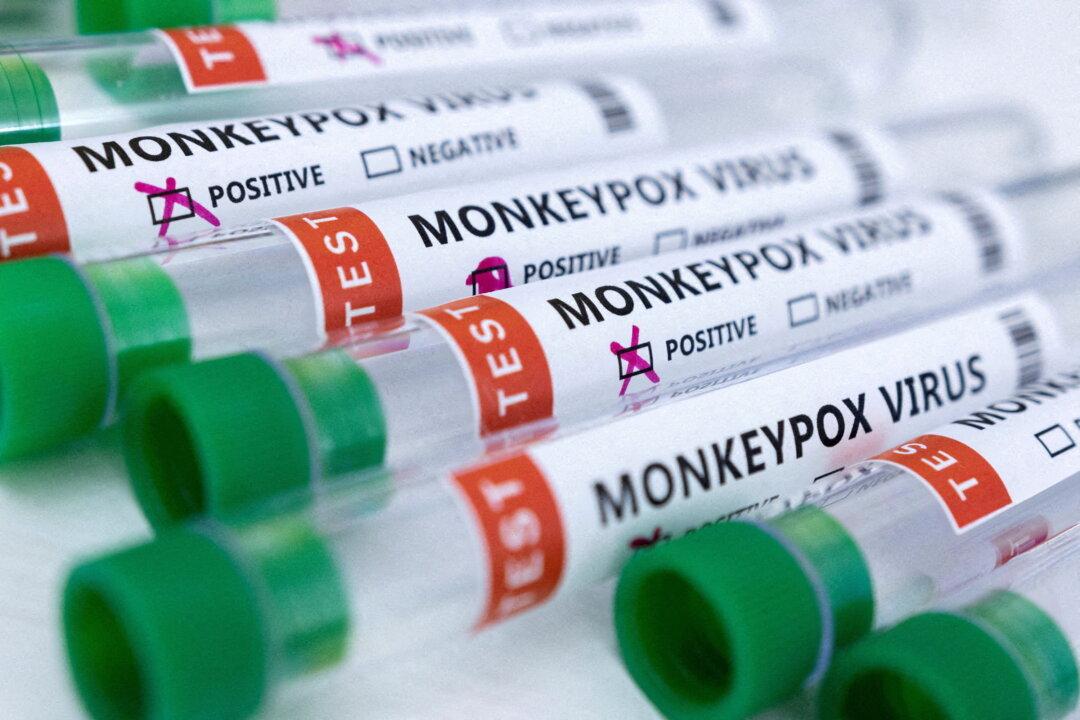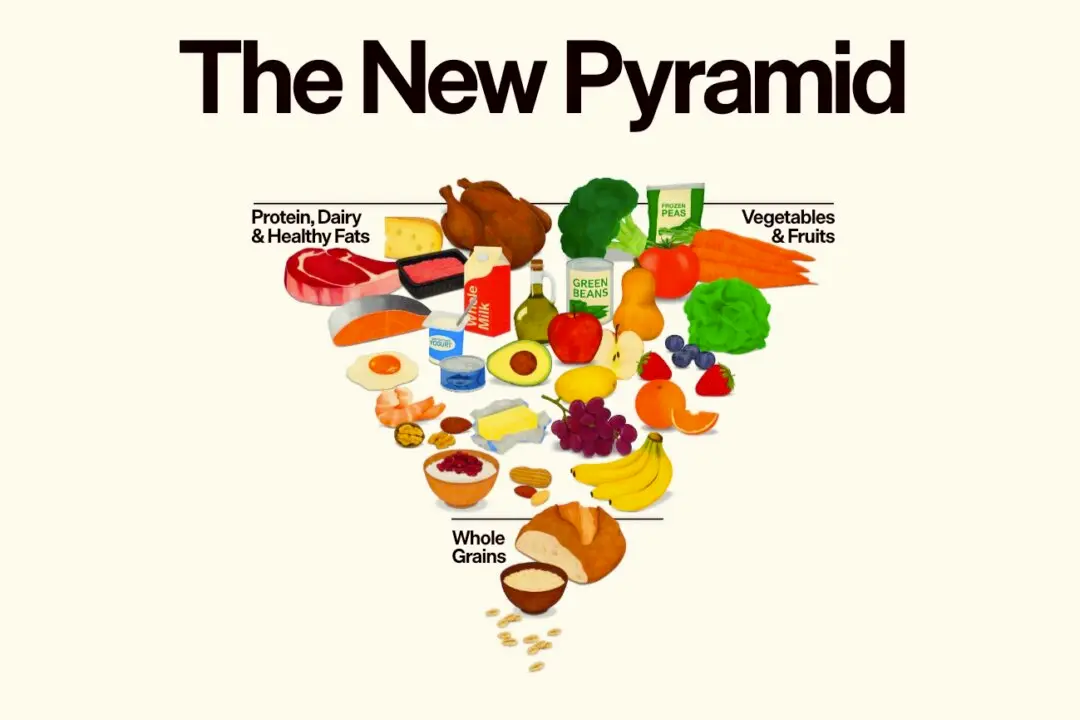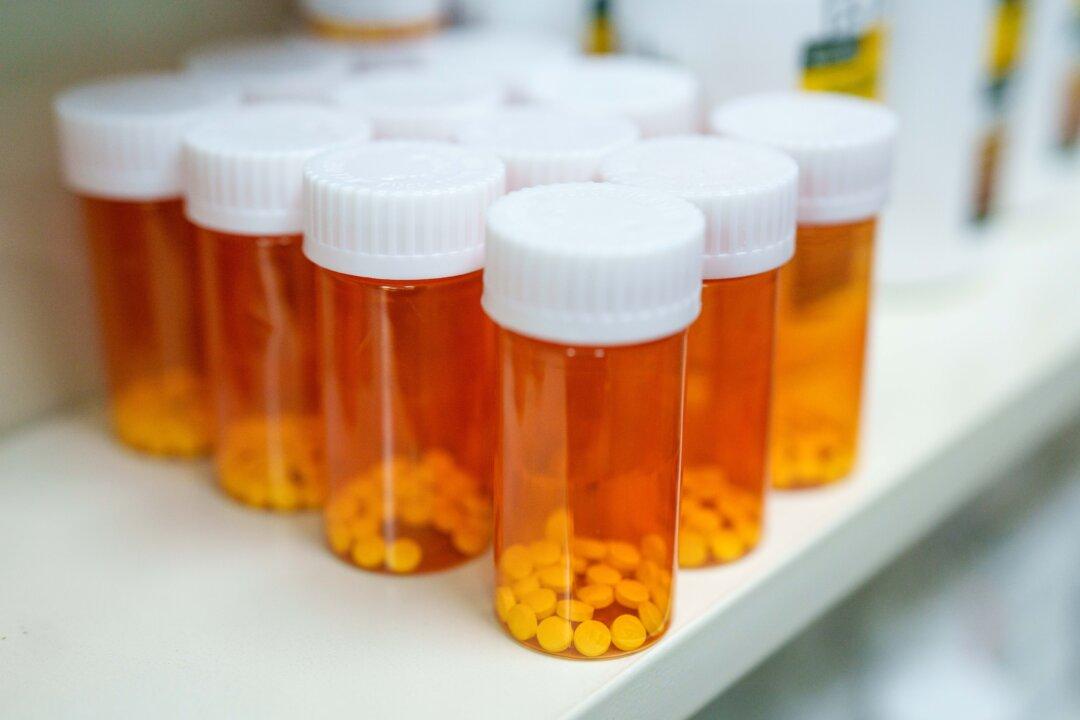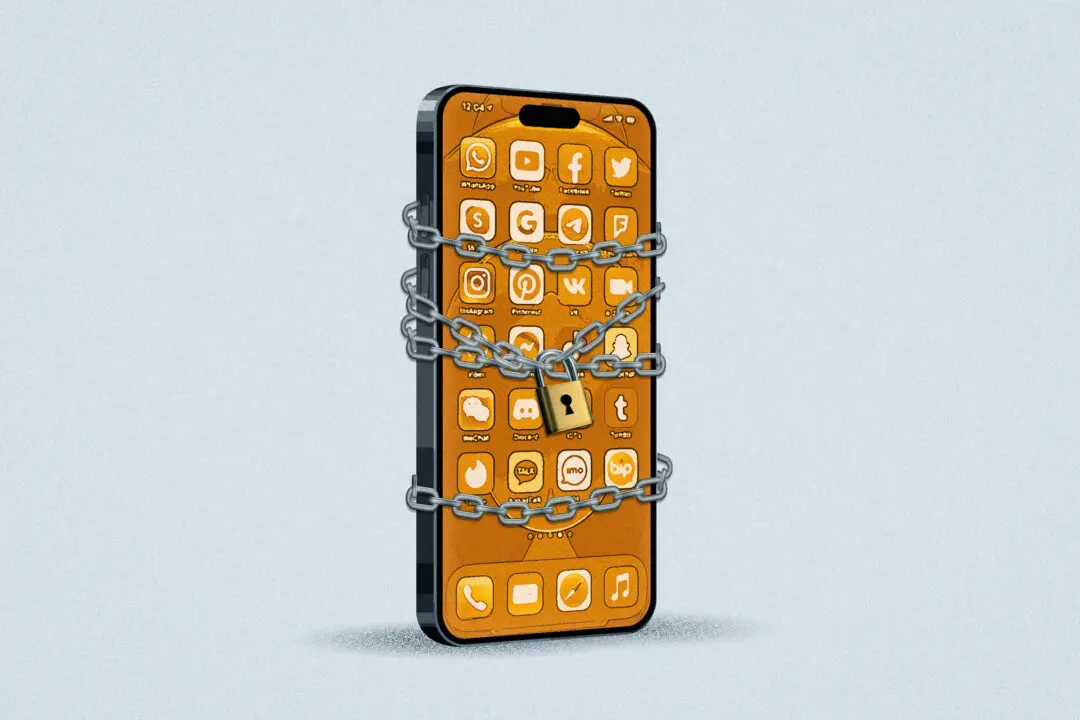A two-dose vaccination for monkeypox is now recommended for high-risk adults in the event of a monkeypox outbreak and that could be as small as a single case—at the discretion of local health authorities—the U.S. Centers for Disease Control (CDC) said on Feb. 22.
The CDC’s Advisory Committee on Immunization Practices unanimously approved the recommendation for the vaccine Jynneos despite the fact that potentially serious health risks could not definitively be ruled out.





